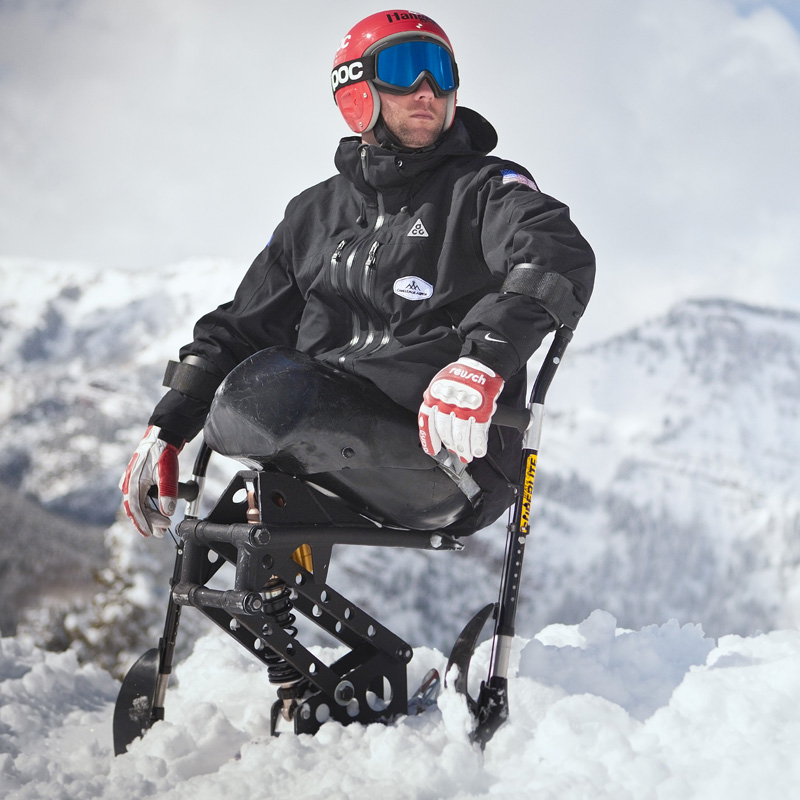
Artifact as Art: Q&A With Photographer Drew Ludwig
For photographer Drew Ludwig, the idea of artifact is paramount, documenting physical objects that represent our emotions; by documenting one simple object, as an artist he is able to speak to a larger issue.
In his recent work, that object has been gloves, an idea that was spawned after the Mountainfilm Zero Emissions Tour, where Ludwig found many gloves on the side of the road as he biked from tour stop to tour stop. The concept stuck, and at this year's festival Ludwig will be exhibiting his Gloves I Carried show at the Telluride Gallery of Fine Art, a collection of photos shot last summer during a solo walk of 120 miles from the Ninth Ward of New Orleans to the Gulf Of Mexico in Louisiana.
We caught up with Ludwig to learn more about his trip and why he sees his photography as a medium for positive change.

What inspired you to plan a journey to Louisiana and the Gulf Coast?
The short answer? A photo shoot fell through, the idea of “artifact” interests me and the oil spill was happening…
Because of the oil spill, I decided to go to Louisiana, but I didn’t know exactly what I was going to do, so I started in the 9th ward and started walking, searching for gloves [as artifacts]. I walked and walked and walked. I was obsessed with trying to find the perfect image of a glove in space that tells that story. After a few days, I realized that it was almost a lost cause. Until I found this one glove, in front of an abandoned house.
A man who was out front offered to give me a tour of the abandoned building, walking me through and telling me about all the projects he was involved with to support his own community. I told him about my goal to find gloves and he said, “you don’t need to find gloves, just take mine,” and that inspired the portrait project; to ask people for their own gloves.
I carried the gloves in my backpack and took GPS coordinates of every pair I got.
How did your experience change how you see that part of the country?
I thought there were going to be easy answers to help the region. This was my first foray into being an activist. I really wanted to go to Louisiana and do something, but I learned that it really is more obscure than we make it. If you go there to build a house, there will be 50% of the people that think you should be there doing it, 50% don’t.
What affected me the most was that I talked to people. I learned from them… They helped me more than I helped them.
It also became very clear that there are two industries in that region that are head to head: water for fish and oil for energy needs and they don’t mix. This is a very unique situation that has no easy answer.
How do you see art as a medium for activism?
For me it’s about that moment when people stand in front of a work of art and ideas come to them. I think that’s the only way I can ever potentially help a cause – to break down the idea of “the other.” I don’t think that this project will necessarily help Louisiana directly, but it will help humanity as a whole and that will help the people of this region to create projects in their own communities.
That’s the only way that I can help people. This isn’t a tangible kind of help, but it’s the feeling that you have when you stand in front of a piece of art. If you inspire thought, that informs you as a person. It makes you think. It puts it in context for the viewer, where they start to think, “there must be more to this.”
How do you inspire others to be catalysts for positive change?
I don’t inspire others, I think inspiration already exists in other people.
Inspiration lives within ourselves. If people see something in my art that makes something resonate in them, then that’s inspiration, but I didn’t do it.


